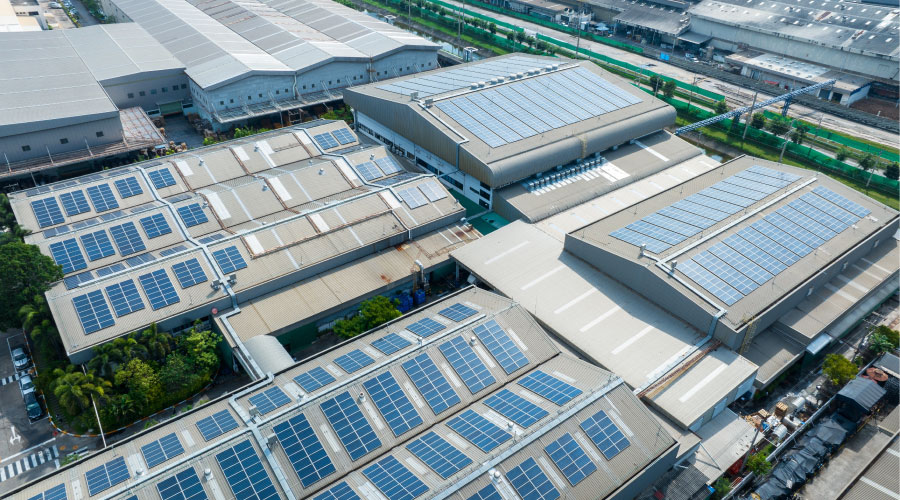Energy Efficiency: Making Demand Response Work
Changes in the nation's electricity marketplace are creating opportunities for maintenance and engineering managers to improve the energy efficiency of their institutional and commercial facilities while reducing costs. Increased customer demand for electricity is pushing utility companies to look for new and more efficient ways to avoid major financial investments in new facilities to generate and distribute electricity.
One important strategy utilities are promoting to help them achieve these goals involves demand-side management and demand-response events.
Responding To A Challenge
Demand response is a cooperative activity involving utility companies and their customers, frequently with the assistance of a third-party energy-services firm. Through tariff incentives, utility companies encourage customers to alter their demand profiles by reducing overall energy use or by shifting loads from peak to off-peak periods.
Utilities benefit from this scenario because they can avoid having to make costly infrastructure investments. Beyond avoided or deferred investments in capacity and transmission, another benefit of demand response is that the cost to procure electricity from so-called peaker plants — supplemental power plants that operate only when demand is high — is much higher than base-load generation costs, and the higher price to serve peak load is passed to the customer. Given the way revenue requirements are developed for regulated utilities, demand response tempers short-term rate increases by reducing demand for peaker plant operation.
Customers benefit because they can reduce their energy bills. As the United States moves closer to full implementation of a smart grid, demand-response programs will become a more important element in managers' operations.
Although individual demand-side management programs vary to some degree in the way they operate, most are based on a demand-response event. When utility companies face an unusually high demand for electricity, they notify program participants of a demand-response event. The notification means program participants then must take proactive steps — often predetermined — to reduce their facilities' electrical demand by a pre-established level.
While many facilities benefit from participating in demand-side management programs, the programs do not suit all facilities. The programs require a significant investment of time and resources to determine if and to what extent a facility should participate.
Related Topics:













